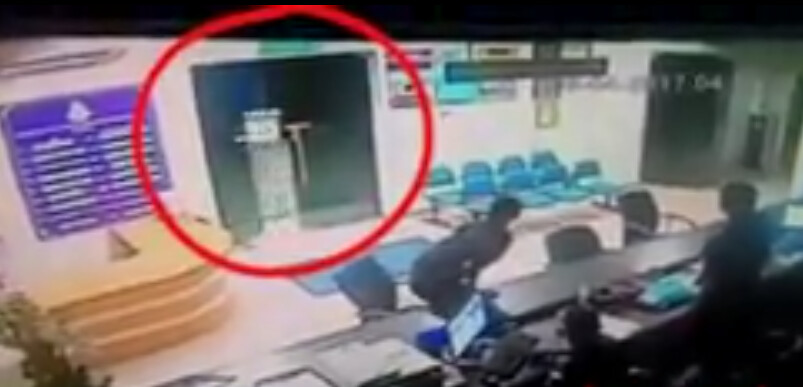An ancient road
station and church was uncovered during a highway construction project which is
next to a spring called “Ain Naqa’a”, at the outskirts of Moshav Bet Neqofa,
which is a settlement in Jerusalem. Archaeologists announced that the church
believed to be 1500 years old discovered at a Byzantine period rest stop on the
road that connects to Jerusalem and Tel Aviv.
Prior to this finding,
there have been discoveries of other settlements and road stations which served
as a travelling route during ancient times likely paved during the Roman
period, claims Annette Nagar, the excavation director on behalf of IAA (Israel
Antiques Authority). However, by the end of the Byzantine period, this road was
no longer used but the road built beside was renewed and continued to be used
until today.
The feature of this 1500 year old uncovered
Church
The church has a 52
feet white mosaic floor
Side chapel: 21 x 11
feet
Baptismal font in the shape
of a four-leaf clover (fixture for holding water for baptism): Located at
Church’s north-east corner. (Image below)
Fragments of red
colored plaster found mixed in the rubble all over the building indicating that
the church could have been decorated with frescoes.
Rooms: Located at west
side possible for housing and storage. There were also pottery tiles in one
room.
Artifacts found: Oil
lamps, special glass, coins, mother of pearl shells and marble fragments
suggests that the place could have been actively used.
This is not the first discovery…
Pablo Betzer, the
Israel Antiquities Authority’s district archaeologist for Judah the findings of
this site have been documented and will proceed with further studies. He says that
when it comes to archaeology, Israel is archaeologically rich region. He also
claims that this is not the first such discovery made here and points out four
other discoveries made earlier as a result of construction project activities:
A 10
000 year old house was discovered during road widening project at Highway 38
point. It is considered one of the oldest dwellings. (Image below)
A
Byzantine monastery near Bedouin village of Hura, Northern Negev Desert was
discovered during a salvage excavation last year before the construction of an
interchange on Southern Israel’s Highway 31. (Image below)
A 900
year old wealthy estate which came complete with a garden and mosaic fountain
discovered during excavation ahead of the bridge construction along Israel’s
Highway 44.
A Stone
Age carving of a phallus (below) discovered during an expansion project at Highway 1, Israel
As for the fate of the
discovered church, Betzer assured that a joint decision had been made with the
National Roads Company to cover over the site and preserve it for future
generation. The best part is that the National Roads Company took up the social
responsibility to initiate and fund the excavation. Something you cannot expect
from the IS terrorists.
CONTRIBUTION:
Livescience.com
Assaf Preretz
Ya’akov Vardi




































